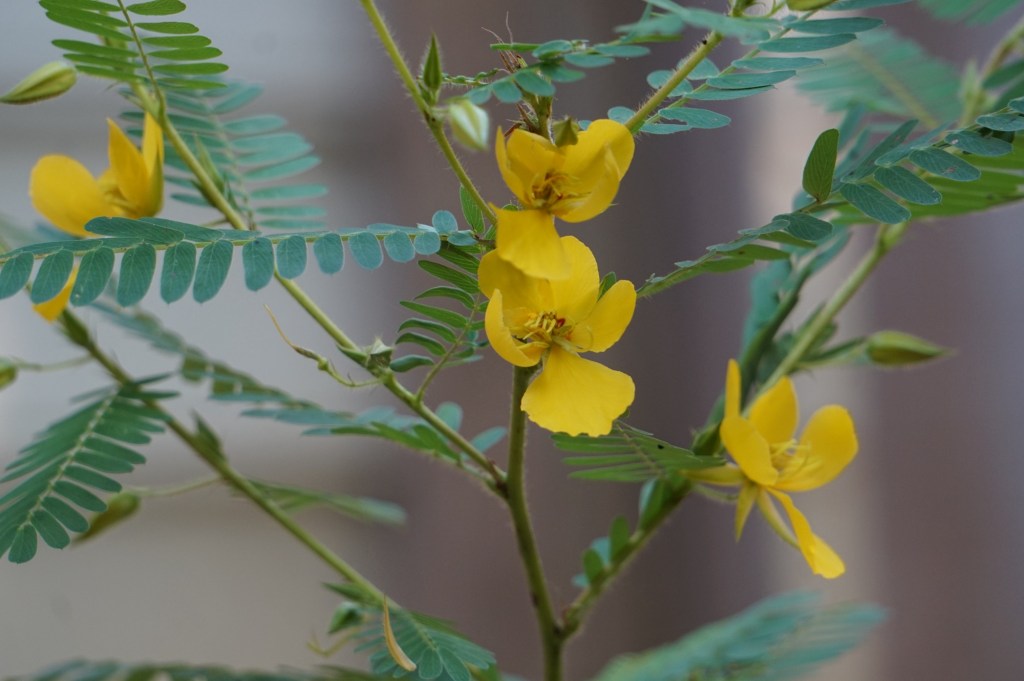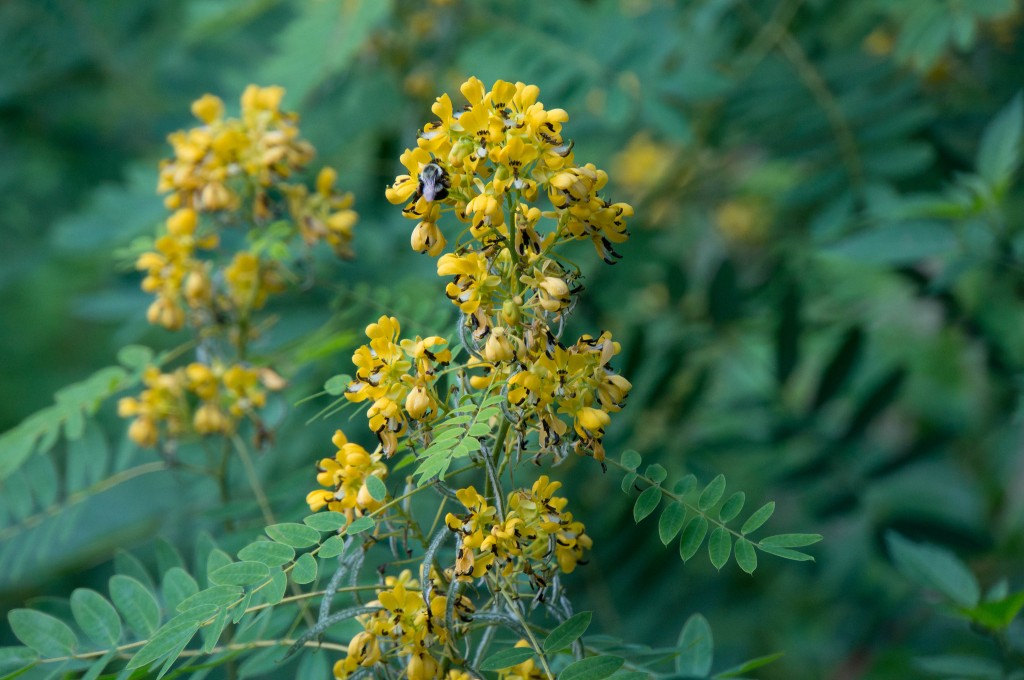Tag: Larval host
-

Plant Profile: Partridge Pea (Chamaecrista fasciculata)
Partridge pea is an annual with cheery yellow flowers that spreads readily by seed. It’s a popular plant with bees, butterflies, and birds and a larval host for 3 species of butterflies. The leaves close up in the afternoon and when touched, so it is also known as sensitive plant. Read more
-

Plant Profile: Trumpet Vine (Campsis radicans)
While trumpet vine is an often much maligned native due to its aggressive spread, it is also easy to grow and a hummingbird magnet! It’s a great choice if you have a large property where it can spread unimpeded or a strong fence or power pole where it can climb. Read more
-

Plant Profile: Prairie Coneflower (Ratibida pinnata)
Prairie coneflower tolerates a wide range of soil conditions as well as heat and drought. This flower looks great massed in borders or in the back of a garden due to its height. This cheery addition to your yard is popular with both bees and butterflies and the seed heads are popular with birds. Read more
-

Plant Profile: Northern Bush Honeysuckle (Diervilla lonicera)
While Northern Bush Honeysuckle is primarily native to the Northeast and Midwest United States, parts of its range do extend into Virginia, Tennessee, North Carolina, and Georgia. This small shrub has good fall color and and looks particularly stunning when grouped in masses or used as a shrub border. Read more
-

Plant Profile: American Senna (Senna hebecarpa)
American Senna is a large shrub-like plant that is perfect for rain gardens due to its resistance to occasional flooding and preference for moist soil. It’s also a great choice for windy areas or for use as a hedge because its horizontal root system makes it resistant to being blown over. Read more
-

Plant Profile: Pale Purple Coneflower (Echinacea pallida)
Pale Purple Coneflower has thinner petals, grows shorter, and is much paler in color than Purple Coneflower. It is highly adaptable to most soils as long as they are well drained, and tolerates heat, drought, and humidity. This is a prairie plant and looks good when allowed to spread and planted among grasses. Read more